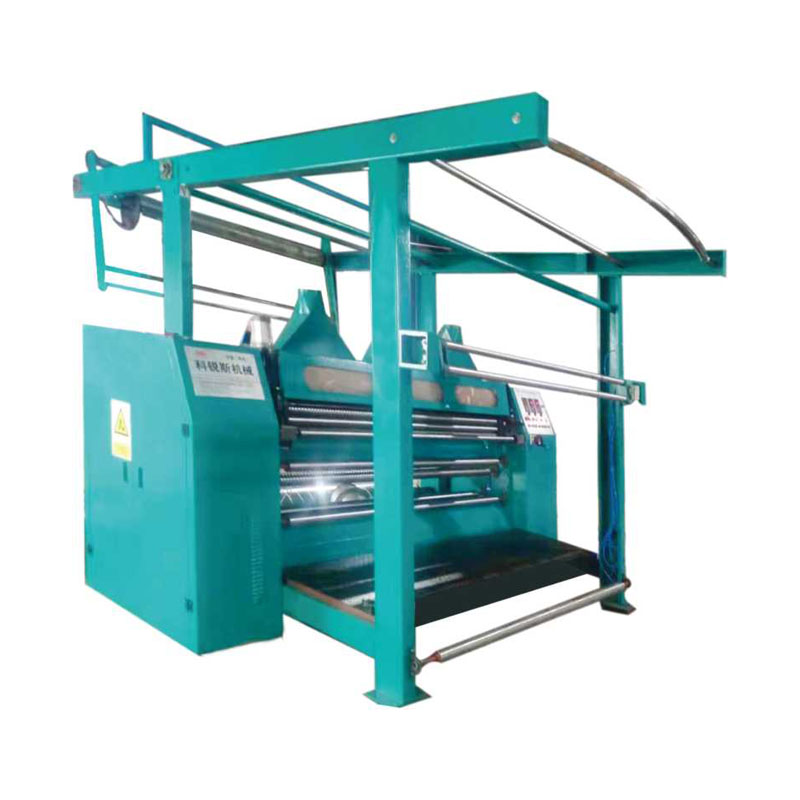Enhancing Production Efficiency with Semiautomatic Shearing Machines
2024-07-12
Introduction
In today’s competitive manufacturing landscape, optimizing production efficiency is crucial for maintaining a competitive edge. One of the key tools that can significantly enhance efficiency in metalworking and fabrication industries is the semiautomatic shearing machine. This blog will delve into how these machines improve production efficiency, the advanced features they offer, and best practices for integrating them into your manufacturing process.
How Semiautomatic Shearing Machines Enhance Production Efficiency
1. Speed and Precision
- Semiautomatic shearing machines are designed to cut materials quickly and accurately. The automated cutting process reduces the time required for each cut, while precision engineering ensures consistent, high-quality cuts.
2. Reduced Downtime
- With features such as quick-change blades and easy maintenance access, these machines minimize downtime, allowing for continuous operation and higher output.
3. Lower Labor Costs
- The partial automation of the cutting process reduces the need for manual intervention, leading to lower labor costs. Operators can manage multiple machines or focus on other tasks, further enhancing productivity.
4. Consistency and Quality
- The precision of semiautomatic shearing machines ensures that each cut is identical, reducing waste and ensuring that the final products meet stringent quality standards.
5. Versatility
- These machines can handle a variety of materials and thicknesses, making them suitable for a wide range of applications. This versatility allows manufacturers to switch between different production tasks without significant downtime.
Advanced Features of Modern Semiautomatic Shearing Machines
1. Programmable Controls
- Modern semiautomatic shearing machines come with programmable controls that allow operators to set parameters such as cutting length, number of cuts, and material type. This feature enhances efficiency by reducing setup times and ensuring precise cuts.
2. Automatic Material Positioning
- Some models are equipped with automatic back gauges and positioning systems that accurately align the material before cutting. This reduces manual adjustments and speeds up the production process.
3. High-Quality Blades
- Advanced blade materials and designs enhance cutting performance and durability. High-quality blades require less frequent replacement and produce cleaner cuts, reducing rework and waste.
4. Safety Enhancements
- Safety features such as light curtains, emergency stop buttons, and safety guards protect operators from accidents, ensuring a safer working environment and reducing downtime due to injuries.
5. Energy Efficiency
- Many modern machines are designed to be energy-efficient, reducing operating costs and contributing to sustainability goals. Energy-efficient motors and hydraulic systems consume less power while maintaining high performance.
Best Practices for Integrating Semiautomatic Shearing Machines
1. Assess Your Production Needs
- Before investing in a semiautomatic shearing machine, evaluate your production requirements, including material types, thicknesses, and production volumes. Choose a machine that meets these needs to maximize efficiency.
2. Operator Training
- Provide comprehensive training for your operators to ensure they understand how to use the machine effectively and safely. Well-trained operators can maximize the machine’s capabilities and maintain high productivity.
3. Regular Maintenance
- Implement a regular maintenance schedule to keep the machine in optimal working condition. Regular inspections, blade sharpening, and lubrication are essential for maintaining performance and preventing breakdowns.
4. Monitor Performance
- Use performance metrics to track the efficiency and output of your shearing machine. Analyzing data on production rates, downtime, and material usage can help identify areas for improvement.
5. Continuous Improvement
- Encourage a culture of continuous improvement by regularly reviewing and optimizing your production processes. Look for opportunities to upgrade equipment, streamline workflows, and enhance operator skills.
Case Study: Improving Efficiency with Semiautomatic Shearing Machines
Company Profile:
- A mid-sized metal fabrication company specializing in custom sheet metal products.
Challenge:
- The company faced bottlenecks in its cutting process, leading to delays and increased labor costs.
Solution:
- The company invested in a semiautomatic shearing machine with programmable controls and automatic material positioning.
Results:
- The new machine reduced cutting time by 50%, increased output by 30%, and decreased labor costs by 20%. The precision and consistency of the cuts also improved, resulting in higher-quality products and reduced waste.
Conclusion:
- By integrating a semiautomatic shearing machine into its production process, the company achieved significant efficiency gains, cost savings, and quality improvements.
Conclusion
Semiautomatic shearing machines are a valuable asset for any manufacturing operation looking to enhance production efficiency. With their speed, precision, and advanced features, these machines can significantly improve output, reduce costs, and maintain high-quality standards. By carefully selecting the right machine, training operators, and implementing best practices, businesses can unlock the full potential of semiautomatic shearing machines and achieve a competitive advantage in the market.



